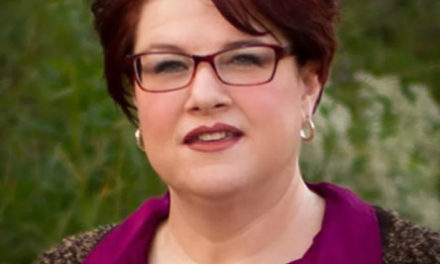With tax season underway, you might be thinking about the impact taxes have on your income, especially if you have a new business or a side business.The Internal Revenue Service defines a hobby as something you do for sport or recreation, not to make a profit and a business as something you do to make a profit. In determining whether you are carrying on an activity for profit, the IRS takes nine factors into account. They are:
- You carry on the activity in a businesslike manner.
- The time and effort you put into the activity indicate you intend to make it profitable.
- You depend on the income for your livelihood.
- Your losses are due to circumstances beyond your control (or are normal in the start¬up phase of your type of business).
- You change your methods of operation in an attempt to improve profitability.
- You (or your advisors) have the knowledge needed to carry on the activity as a successful business.
- You were successful in making a profit in similar activities in the past.
- The activity makes a profit in some years.
- You can expect to make a future profit from the appreciation of the assets used in the activity.
 The IRS will automatically presume that an activity is carried on for profit if it produced a profit in at least 3 of the last 5 tax years, including the current year. If your activity meets the definition of a hobby and not a business, you will be able to deduct ordinary, meaning common and accepted, and necessary, meaning appropriate, hobby expenses but only up to the amount of your hobby income. If your expenses exceed your income, the additional costs would be considered personal losses and would not be deductible.
The IRS will automatically presume that an activity is carried on for profit if it produced a profit in at least 3 of the last 5 tax years, including the current year. If your activity meets the definition of a hobby and not a business, you will be able to deduct ordinary, meaning common and accepted, and necessary, meaning appropriate, hobby expenses but only up to the amount of your hobby income. If your expenses exceed your income, the additional costs would be considered personal losses and would not be deductible.
Now that we’ve looked at the definition of a business versus a hobby from an IRS perspective, let’s take a look at those definitions from a successful business owner perspective. The benefits of having a side business are numerous and each of them is valid, including wanting a social outlet, wanting to transition to a new field, and wanting to be a role model for your children, just to name a few. But if you’re happy with breaking even or making only a small amount of money and aren’t financially motivated to create significant income, a side business might not be the right path for you. An improved financial future should be one of the main benefits to consider when evaluating your side business and making the decision to go for it and stay in it.
Let’s look at an example:
Sophia is a math teacher. She bakes beautifully decorated cakes and cupcakes as her side business. She’s been trained in the Wilton method of cake baking and has a decorating tool kit that would make the Cake Boss green with envy. She enjoys creating fun designs for her clients and will even deliver her cakes upon request.
The average cake takes her 2 hours to make, with ingredients costing $20. She sells the cake for $50.
The sale price of $50 minus ingredients cost of $20 = a profit of $30.
$30 divided by the 2 hours it took her to make the cake means Sophia has earned $15 per hour.
If she does one cake per week, she would earn approximately $130 per month and $1,560 per year.
Do you think Sophia has a side business or a hobby?

Clare Levison is a Certified Public Accountant and the author of Frugal Isn’t Cheap: Spend Less, Save More, and Live Better. Follow her on Twitter @clarelevison.






